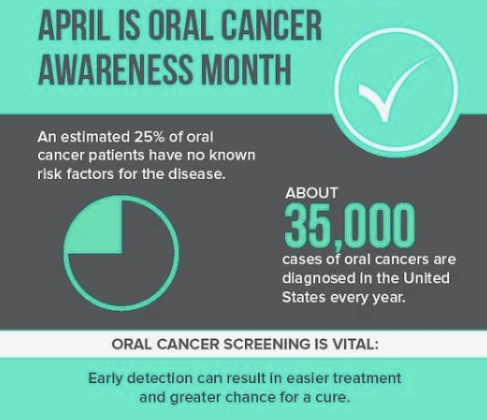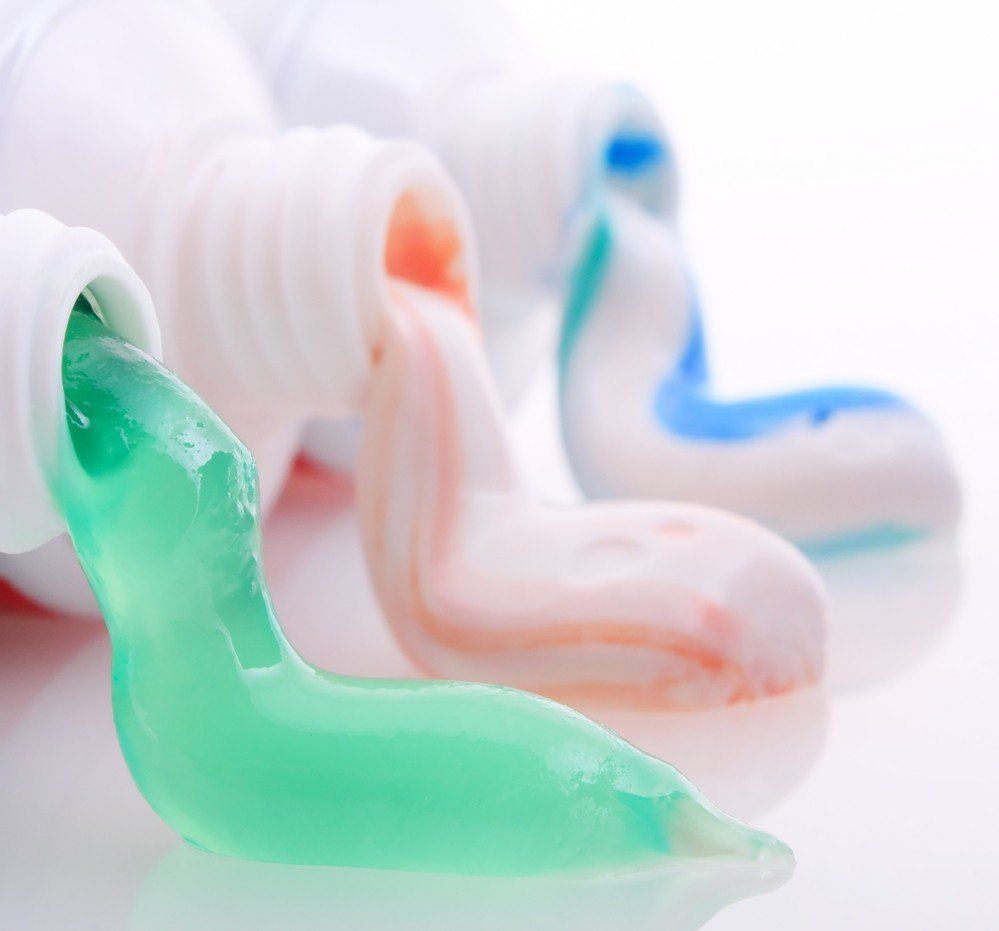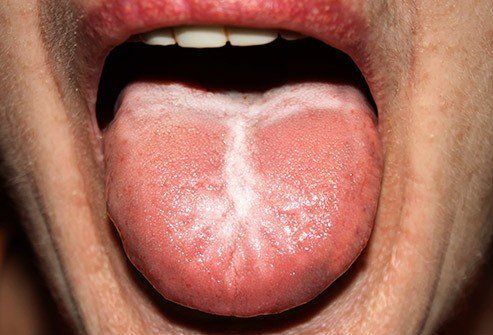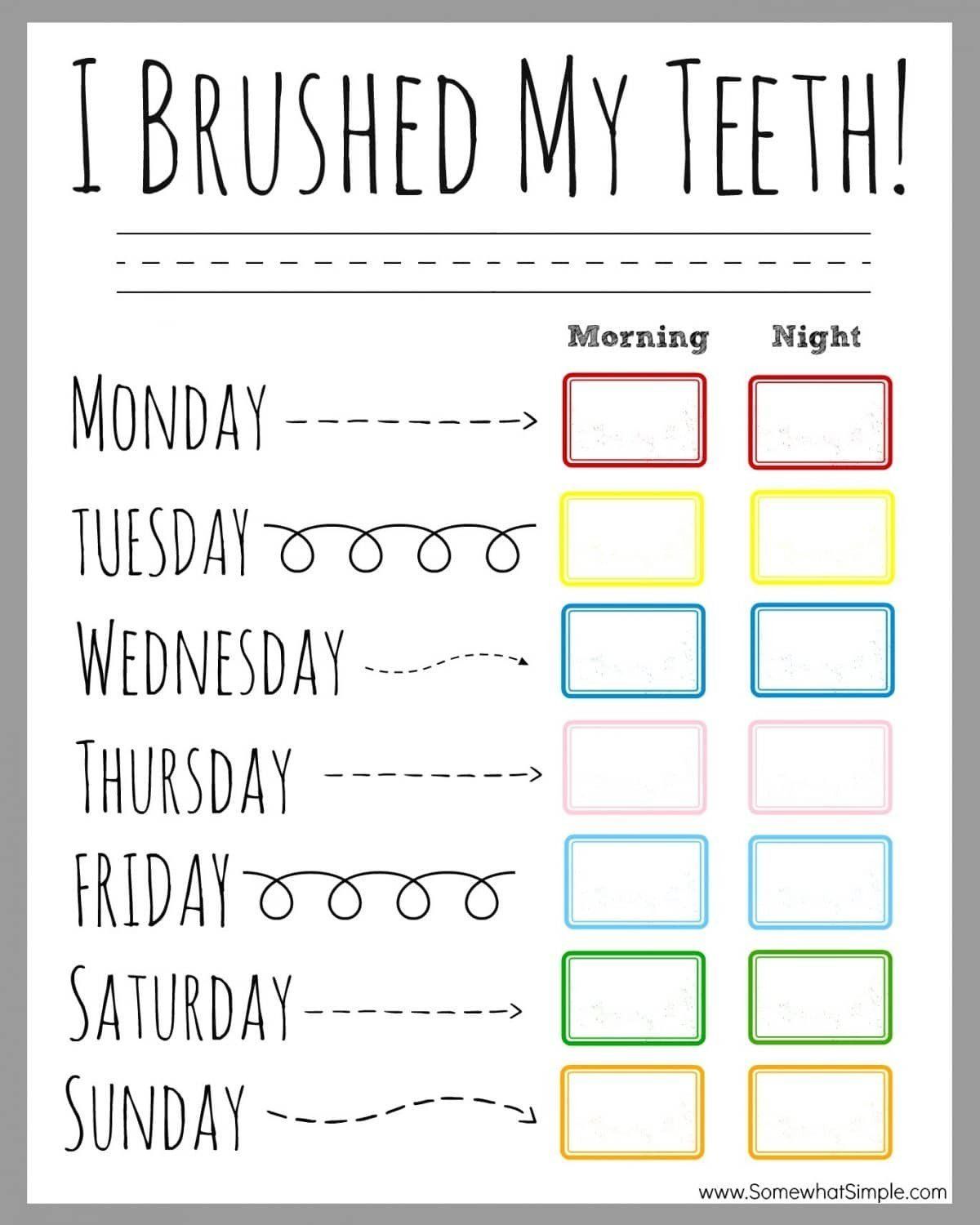Fear going to the dentist?
- By Jennifer Lotfy
- •
- 12 Nov, 2017
- •
Do you have odontophobia? Yes! That’s a very real phobia. About 5-8% of Americans avoid seeing the dentist due to anxiety and fear. That’s about 30-40 million people!
From seeing the spooky forceps and needles to even smelling dental compounds, 5-8% of patients refuse to seek dental care all together and 20% of patients will only go to the dentist when necessary.
I think I have odontophobia. What can I do to prevent panic during visits?
Easier said than done - practice positive self-talk! Tell yourself “YOU CAN DO IT!”
Make sure to remind yourself “everything WILL be okay.” Your dentist is a professional and is someone you can trust.
Don’t be nervous - speak up to your dentist. Let him/her know when you’re having a rough time. Listening to your concerns face-to-face helps both sides - you and your dentist. Your dentist can help make an ideal and reasonable commitment that makes you feel comfortable because dental health is SO important! Knowledge is power!
Download your favorite podcast, album, or playlist before heading to the office. Distract your thoughts and link the experience to something you ENJOY.
Don’t forget headphones! Your dentist will not be upset if you put your headphones in to distract your thoughts.
Take deep breaths! Think about pleasant experiences in your life to stay calm.
Here at Fabulous Smiles, we have a therapy dog named Bailey that will ease any panic you might have.


Contact us!
https://www.fabuloussmilesdental.com/contact

ADA Approval
First, make sure you choose a product approved by the American Dental Association and displaying the seal on its packaging. There are plenty of fluoride-free, organic, and all natural options tested by the ADA for both safety and effectiveness at keeping the teeth clean. Products without these seals have not necessarily been tested for their claims and quality, so you’re gambling with the health of your mouth by using them.
Focus on Needs
Consider what your teeth need the most to choose a toothpaste with the right extras. Whitening toothpaste can’t always replace professional whitening from a dentist, but it does work to prevent surface stains that cause your white smile to lose its brightness after treatment. Most toothpastes tend to target one of more of the following conditions or needs:
- Sensitivity, in the gums and teeth, from mild to severe pain
- Fluoride products are essential for kids, adults who don’t get enough of it in their diet, and people with diabetes and many other conditions
- Anti-cavity, which most products cover but which should always be checked
- Anti-gingivitis, ranging from over the counter to prescription products for healthier gums.
Watch Out!
There are a few products you don’t want to use on your teeth, and they’re often sold as cosmetic products rather than medically tested toothpaste. Any whitening toothpaste with a very abrasive ingredient, ranging from natural walnut shell to plastic microbeads, can leave your teeth with enamel damage that is permanent and hard to treat. Activated charcoal powders can also discolor teeth along with eroding your enamel. Look for toothpaste products that reinforce enamel rather than damaging it.
Picking a Toothbrush
Of course, the toothpaste still needs to be applied to the teeth with the right tools to effectively protect you from cavities and gum disease. The wrong toothbrush can damage your enamel, scratch your gums, or fail to remove trapped food from between your molars. Only use soft bristled brushes unless given advice from your dentist to the contrary. For most people, stiff bristles are too hard for their gums. The tip of each bristle should be rounded and not pointed or square so that food debris and tartar comes loose with each sweep. Replace your brush every three months even if it still looks new and fresh since bacteria can build up over time.
Need more advice about what to do to take care of your teeth? Make an appointment with your dentist for a routine cleaning or a timely inspection. You can discuss your concerns without feeling rushed and determine if your current oral health practices are sufficient for keeping your smile bright, healthy, and strong.

Creamy white spots could be thrush, a fungal infection (shown below). It often happens after an illness or medications throw off the balance of bacteria in your mouth. White patches that look lacy could be lichen planus, which means your immune system is attacking the tissues in your mouth. If you see hard, flat, white areas that can’t be scraped away, it could be leukoplakia, which is linked to cancer. Let your dentist know about any white patches you see.


